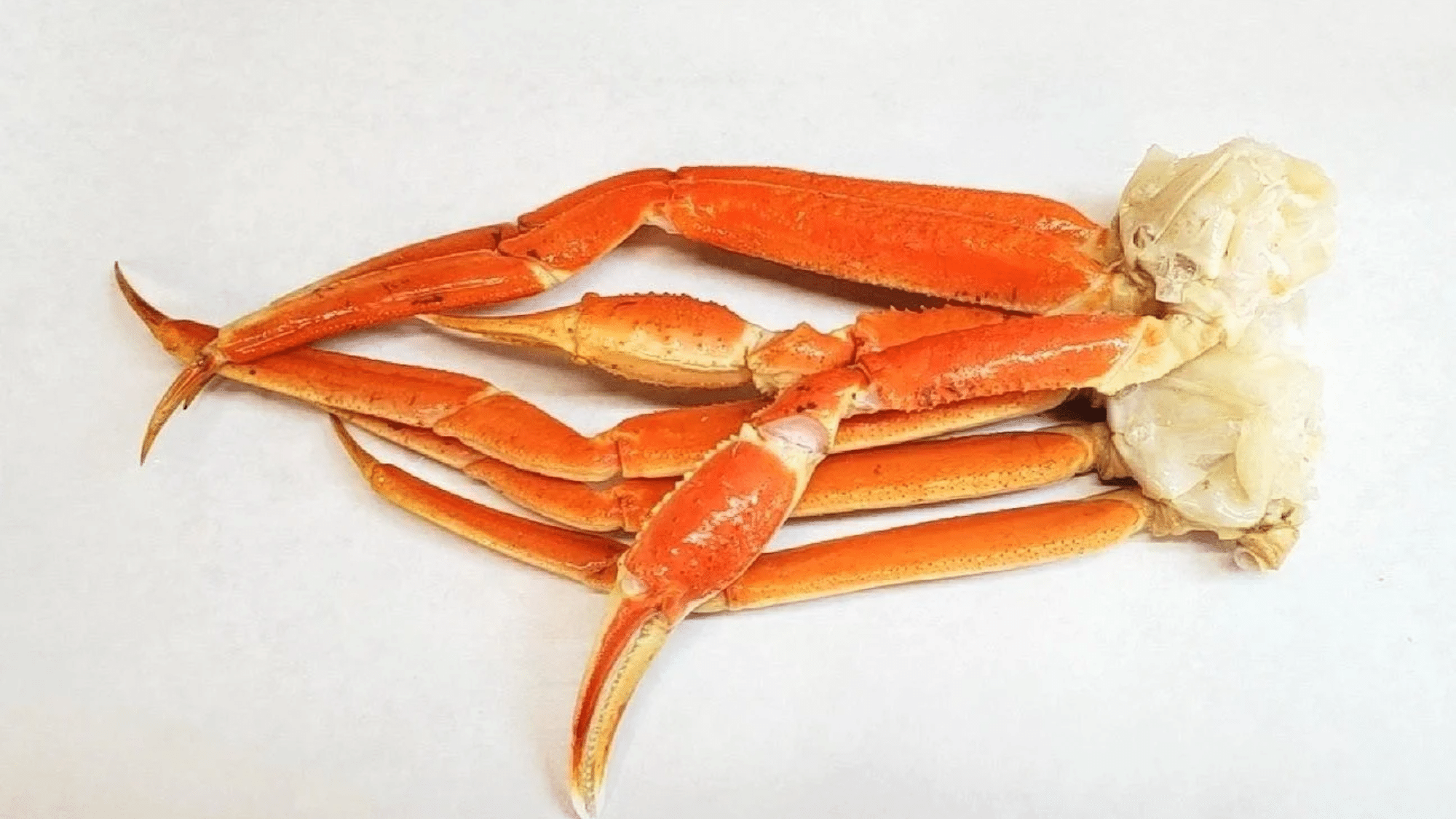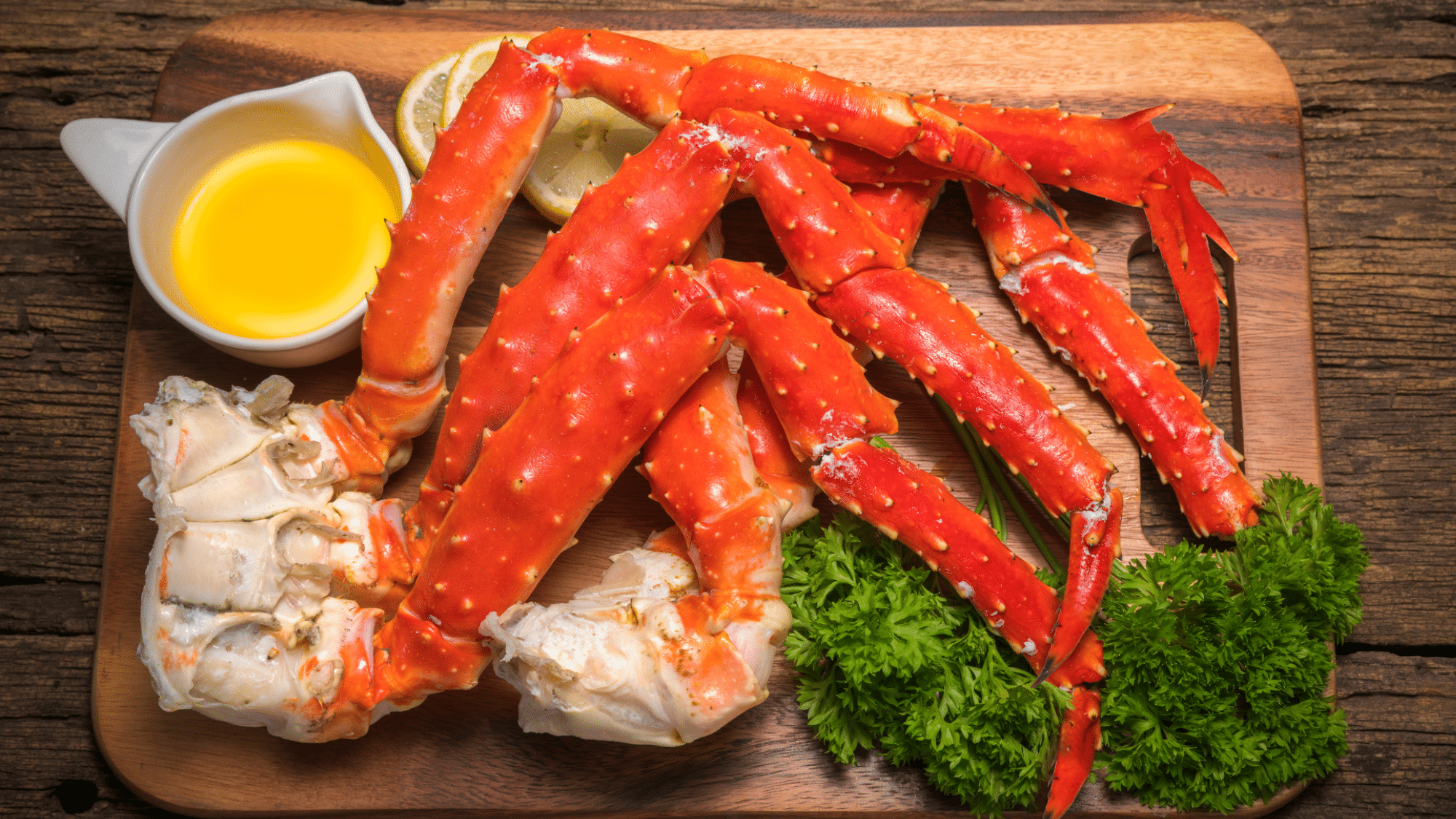I’ll be honest, I used to think crab legs were just an indulgent treat, something you’d only order on special occasions without thinking twice about the calories.
However, when I began paying closer attention to what I was eating, I found out something remarkable: these delicious crustaceans are actually nutritional powerhouses!
If you’re like me and love seafood but want to make smarter food choices, you’re in for a treat. Crab legs are surprisingly low in calories, yet packed with protein and essential nutrients.
Let’s get into why they deserve a regular spot on your healthy eating menu.
Why Eating Crab Legs is Beneficial?
Crab legs aren’t just a tasty seafood treat; they’re packed with health benefits that make them a smart addition to your diet.
Each serving delivers over 16 grams of complete protein to fuel muscle growth and repair, while staying low in calories, making them ideal for weight management.
Their rich omega-3 fatty acids support heart health, reduce inflammation, and keep your brain sharp alongside vitamin B12.
Plus, the selenium, vitamin E, and other antioxidants found in crab meat help protect your cells, lowering the risk of chronic diseases
Calories in Crab Legs
Here’s the thing about crab legs: they’re surprisingly low in calories for how satisfying they are! Most crab meat contains between 80 and 100 calories per 3-ounce serving, which is about the size of a deck of cards.
But here’s where it gets interesting. The actual calorie count can vary depending on a few key factors:
- Portion Size Matters: A typical restaurant serving of crab legs is usually between 4 and 8 ounces, so you’ll want to keep that in mind when calculating your intake.
- Cooking Method Makes a Difference: Plain steamed or boiled crab legs are your lowest-calorie option. But let’s be honest, most of us aren’t eating them completely plain, right?
- ThoseExtras Add up Fast: That melted butter for dipping? Each tablespoon adds about 100 calories. Garlic butter sauce, lemon pepper seasoning, or cocktail sauce can quickly double or triple your calorie count.
The key is knowing what you’re working with, so you can make informed choices that align with your health goals.
Snow Crab Legs: Calories & Nutrition

Snow crab legs are probably what most people think of when they picture crab legs. They’re the most common variety you’ll find at restaurants and grocery stores. Nutritionally speaking, they’re quite impressive!
Calories: A 3-ounce serving of plain, steamed snow crab contains approximately 82calories. That’s incredibly low for such a filling, protein-rich food!
Macronutrient Breakdown:
- Protein: 16 grams
- Fat: 1.3 grams
- Carbohydrates: 0 grams
What makes snow crab legs such a nutritional winner is their lean protein content. With 16 grams of high-quality protein and barely any fat, they’re like nature’s protein powder but way more delicious!
Plus, that protein contains all the essential amino acids your body needs for muscle maintenance and repair.
Snow crab also contains omega-3 fatty acids, those heart-healthy fats that can help reduce inflammation and support brain function. While the amounts aren’t as high as in fatty fish like salmon, every little bit helps!
Alaskan King Crab Legs: Calories & Nutrition

Now let’s talk about the king of crab legs, literally! Alaskan king crab legs are larger, meatier, and often considered the premium option. But how do they stack up nutritionally?
Calories: A 3-ounce serving of steamed Alaskan king crab contains about 83 calories, virtually identical to snow crab.
Macronutrient Breakdown:
- Protein: 16.4 grams
- Fat: 1.3 grams
- Carbohydrates: 0 grams
As you can see, king crab and snow crab are nutritional twins when it comes to the basics.
The slight differences are so small they’re barely worth mentioning. What sets king crab apart is its impressive mineral content and slightly denser, sweeter meat.
King crab is particularly rich in zinc and phosphorus, two minerals that play crucial roles in immune function, bone health, and energy metabolism.
Crab Legs Nutritional Profile
This is where crab legs really shine! They’re loaded with essential vitamins and minerals that your body needs to function optimally.
| Nutrient | Benefits | Per Serving |
|---|---|---|
| Vitamin B12 | Nerves, red blood cells | ~9.8 mcg (400% DV) |
| Vitamin C | Immunity, collagen | Small amounts |
| Vitamin A | Eye & immune health | Small amounts |
| Vitamin E | Antioxidant, cell protection | Small amounts |
| Zinc | Immunity, wound healing | Moderate |
| Copper | Iron use, collagen support | Moderate |
| Phosphorus | Bone & teeth strength | Moderate |
| Magnesium | Muscle & nerve function | Moderate |
| Selenium | Antioxidant, thyroid support | ~40 mcg (50%+ DV) |
Serving Suggestions and Considerations
Make the most of crab’s nutritional benefits with these simple preparation and serving tips that maximize flavor while keeping calories in check.
- Steam or boil crab to retain nutrients without adding extra calories
- Grill or bake for enhanced flavor, but limit butter and oils
- Pair with vegetables or a light salad for a complete, balanced meal
- Stick to a 3-oz (85g) serving size for proper portion control
- Use lemon juice or fresh herbs instead of high-calorie sauces
These simple approaches help you enjoy crab’s natural taste and health benefits while maintaining a nutritious, well-balanced meal.
Wrapping It Up
Crab legs are one of the best-kept secrets in healthy eating!
At just 82-83 calories per serving with over 16 grams of protein, plus all those vitamins and minerals, crab legs prove you don’t have to sacrifice taste for nutrition.
If you choose snow crab or splurge on Alaskan king crab, you’re getting incredible value for your calorie “budget.” Just remember to keep those cooking methods simple and watch the butter; your waistline will thank you!
What’s your favorite way to enjoy crab legs? Share your healthy preparation tips in the comments below!





